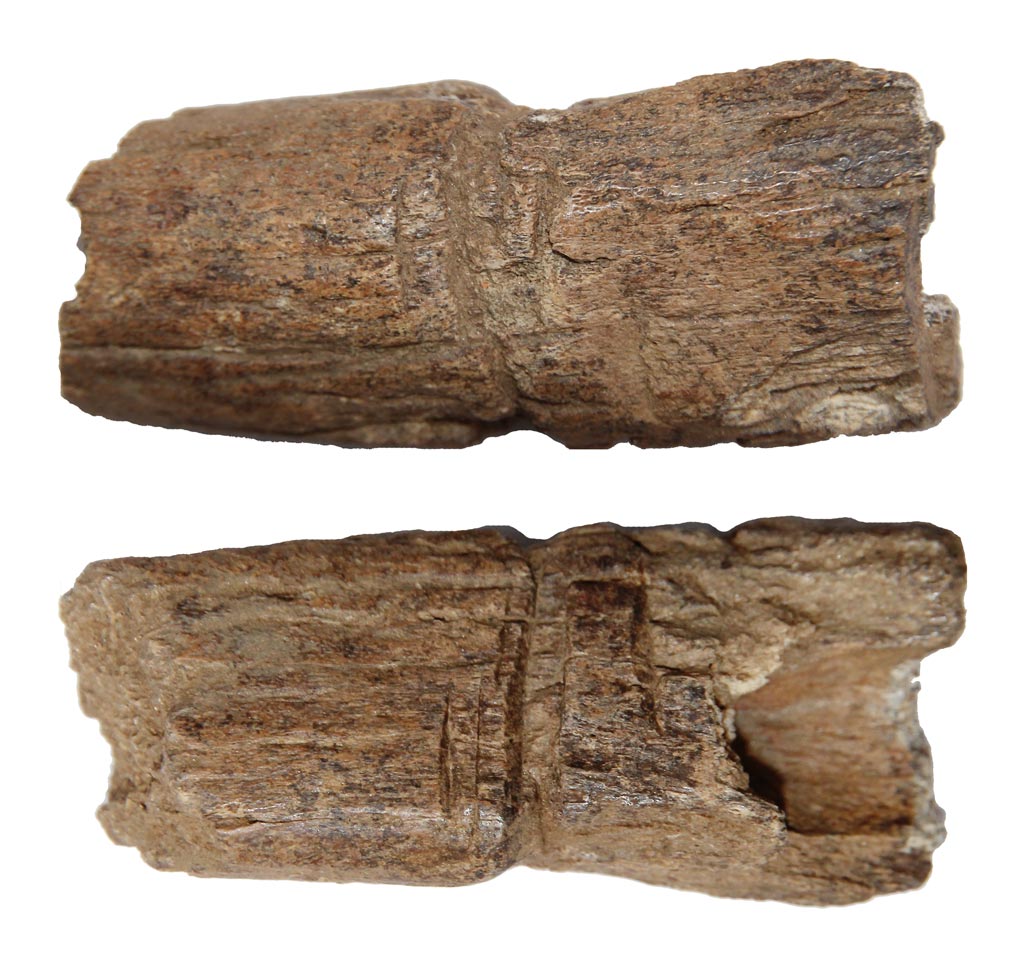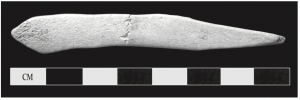Analysis of animal remains preserved on archaeological sites can tell us a lot about humans’ relationship with animals. Faunal analysis, a research device used in Zooarchaeology, can tell us whether an animal was domesticated and died naturally or wild and was killed for meat or its hide. For example, tooth eruption in a deer can tell archaeologists what season a deer may have been killed in and tooth wear can tell how old a deer may be, or markings on fish bone can suggest the catching methods (e.g. spearing, netting, or fish hooks). Faunal analysis can also be helpful in tracking environmental and climatic shifts.

So how does faunal analysis work?
With a collection of bones from the same species of animals, either from the same site or from other sites close by, archaeologists can analyze the bones and compare the findings. Wear on the teeth can suggest domestication as domesticated and wild animals have different diets. Anatomical changes in bone structure may be present in domesticated animals as they may not require the same physical structure as their wild counterparts. The distribution of these animal remains can tell us what animals ancient humans were eating and farming. Ancient human involvement with animal bones, either direct or indirect, is often referred to as cultural modification. Cultural modifications can be burn marks, butchery marks, or any sort of modification that relates to bone tools, ornaments, or similar items. These modifications provide great insight into the culture and living style of the settlement, band, or tribe that happened to modify these bones. A great example of these cultural modifications is seen in Fig.1. Marks on a horn fragment suggest human involvement with this animal, however, the incisions happened to go all the way around the bone meaning that it wasn’t simply a butcher’s knife that made these incisions. Reasons for incisions remain unknown but it’s a great example of human modification.

In regards to environmental shifts, faunal analysis can also be helpful. Water temperature affects the environment where fish live as certain species migrate to cooler waters for summer and warmer waters for winter. Distribution of fish bones can alert archaeologists where certain species of fish may live. As the waters warm, most warm-water species will spend more time in their summer migration patterns as cold-water species will have to travel farther to find the environment they need to survive, as seen in Fig. 2. Analysis and distribution of these fish bones can indicate ancient migration patterns due to environmental changes and how that affected human settlement.
Faunal analysis is a fascinating topic that’s been a huge aid in archaeological finds. Telling us more about ancient human diets, and environmental changes, and even furthering the knowledge of early agriculture and domestiction, this method of analysis will continue to be one of the greater methods in zooarchaeology and the field of archaeology itself.
References:
https://www.uwlax.edu/mvac/process-of-archaeology/lab-analysis/faunal-analysis/
https://textbooks.whatcom.edu/tracesarchaeology/chapter/ancientfoodways/
Read More:
https://www.sciencedirect.com/topics/social-sciences/zooarchaeology
https://en.wikipedia.org/wiki/Zooarchaeology


